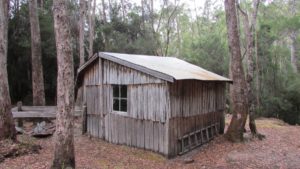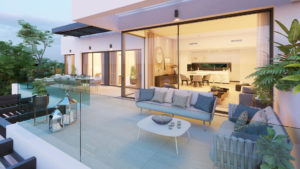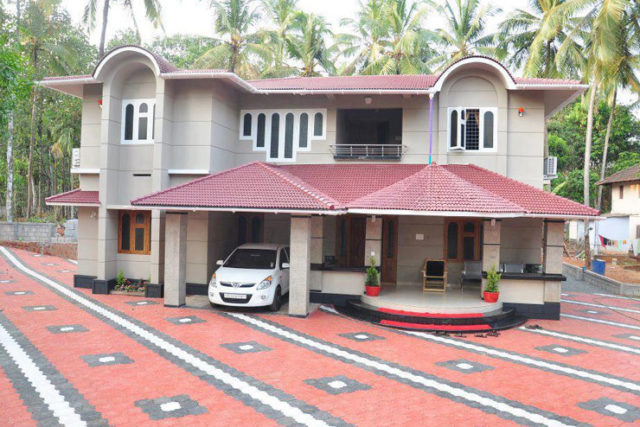The term ‘House’ has many options in itself. Do you know the different types of houses in India?
The basic definition of apartments as defined by most realtors, investors and builders is a residential unit within a building. Real estate apartments today have been diversified into many categories such as studios, builder floors, penthouse, etc in accordance with the demographics, climate and the way locals live in that particular area. Here is a list of apartment categories to choose from in India:
Huts
These are very old type of crude shelters mostly found in the rural part of the country. It is made up of naturally obtainable materials like mud, bricks, wood, and leaves. Such huts are widely found in the tribal areas of India. It consists of a mud wall that keeps it cool during summers. It is slowly evolving with the features like a chimney on the roof to release the smoke during cooking.

Bungalows
Bungalows are one-story house or cottage that is usually small in terms of square feet; one can easily find large bungalows prevailing these days. Large homes used as a solitary family unit. These type of houses are family owned and can be widely found in non-urban areas of India.
Apartments and Flats
An apartment building has many apartments in it. In an apartment building, each apartment is a separate room or set of rooms for people to live in. This is the most common type of accommodation people prefer these days. These are self-owned and controlled housing units in multi-storied buildings.

Penthouses
Penthouses are the top floor units in an apartment building while the lower ones are called as basement suites. These are different from other apartments by luxury features. These are the largest and the most luxuriously built homes within a given building, which have the most expansive views. It has high ceilings and gets personal access to the terrace and is expensive than the other kinds of apartments.
Studio Flats
Studio Apartment is a newer concept which is gaining popularity across the world. The little one with no separate bedrooms is called as studio apartments. These are quite rented by the young working individuals who wish to stay in a little cosy space with all the amenities confluence together. There are no separate rooms.

Villas
Villas have always been referred to the stylish upper-class state homes. The size of villas ranges from a king-size houses to ultra-large houses with a private lawn, gardens swimming pools and driveway. The more private built aspect of the villas is what attracts the travellers for renting it over hotels, during their trips.
Condominiums/Housing Complexes/Societies
Each housing unit comes up in a wide range of styles but the kind of ownership is what makes it different from other types of accommodation. A condominium is a unit that’s owned individually, with the access to the few of the common areas of the complex like rooftops, clubhouse, swimming pool, playrooms and outdoor areas, which is co-owned equally by all condo owners under the umbrella of an association. Real Estate Developer offers multiple amenities like lawn tennis, golf course, badminton etc in an integrated township which is common for all residents. Each owner pays their own mortgage, taxes and for the maintenance of the property. Occasionally one can lease condos from the owners and sell it individually just like any other personal property.

Farmhouses/Second homes
Farmhouses and vacations houses are located away from the urban crowd have also become a common feature to attract hi-end buyers. In the last decade or so a large chunk of this kind of supply has become part of organised supply of housing, even as these are sporadic in nature. In case of such developments, homeowners are responsible for creating all required infrastructure on their own and hence often exposed to related risks.
Eco-friendly Homes
Eco-friendly Homes have become all the rage as people have started making efforts to be kinder to the environment, as well as their wallets. Sustainable homes are more than just segregating your waste but combining facets. Right from building materials to the use of energy sources and designs that strive for efficiency and harmony with the surrounding environment.
Indians have begun taking initiatives to minimize both environmental impacts by outfitting their houses with sustainable technologies.
These houses pool sustainable implementations like multi-fuel burning stoves, water recycling, efficient waste management and using renewable sources of energy. The resulting boom in green homes is leading to new architectural innovations.










